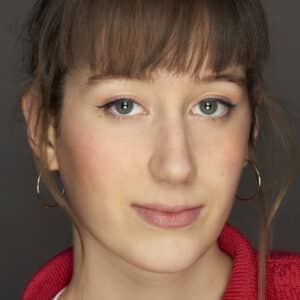If you were flip through the latest issue of Vogue in May 1975, you’d be met with a spread spanning several pages: it featured bikini-clad women posing in derelict public baths in New York. The dilapidated setting offered a stark backdrop to the slen...



